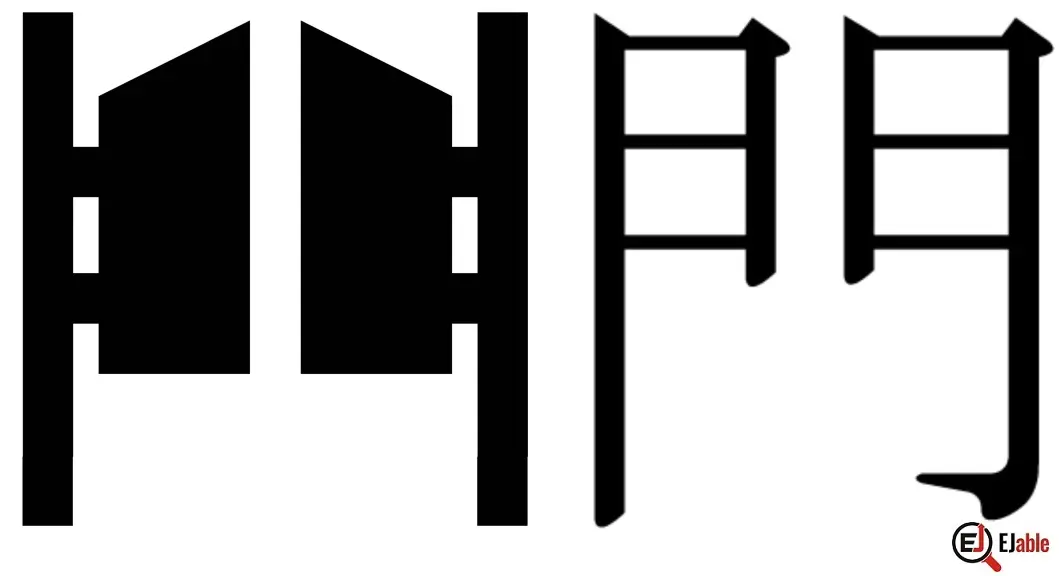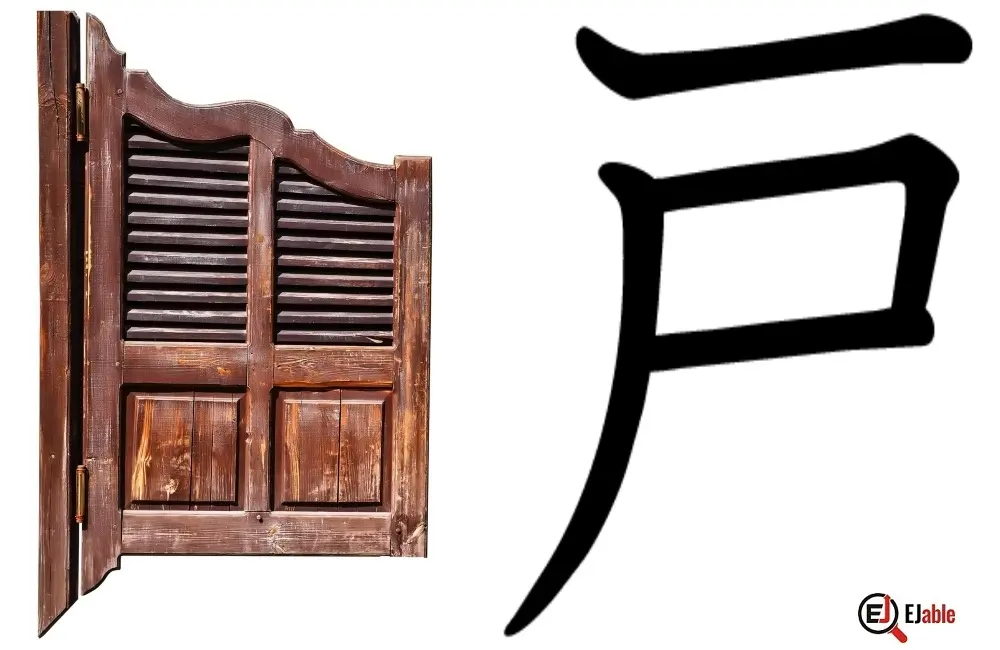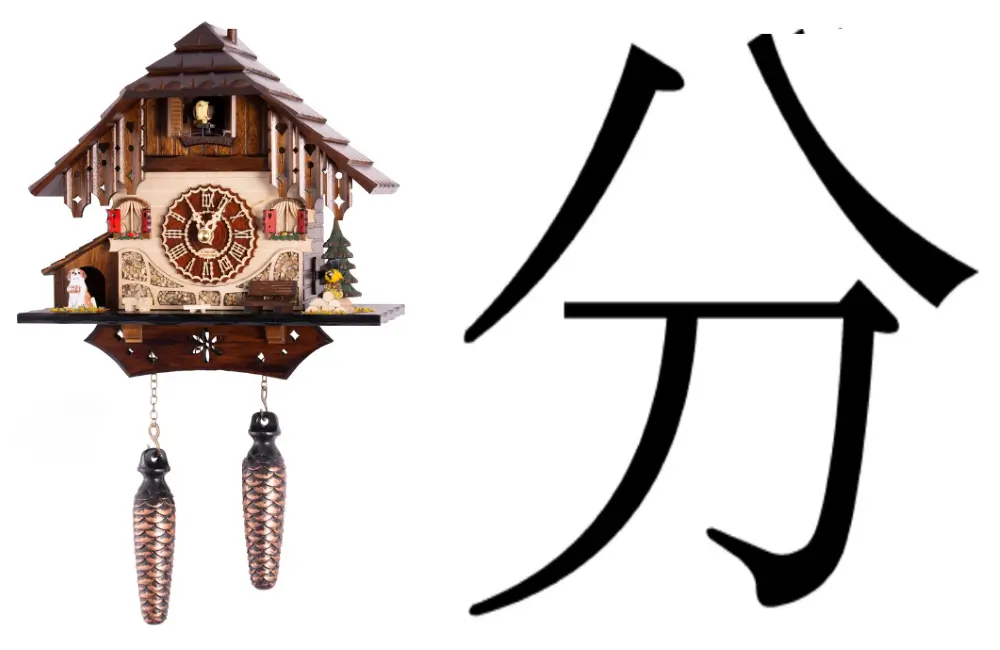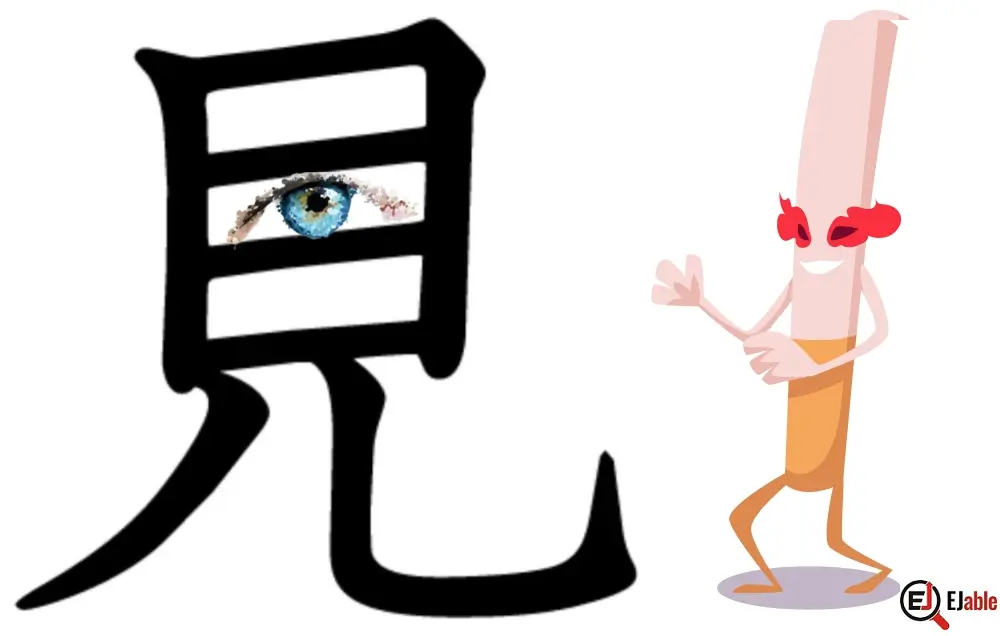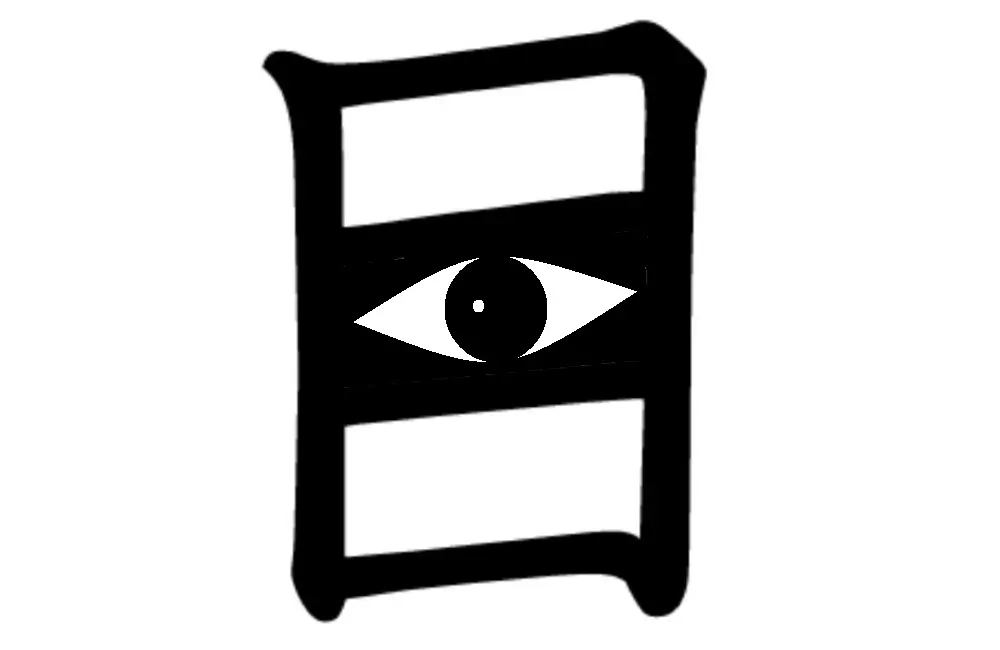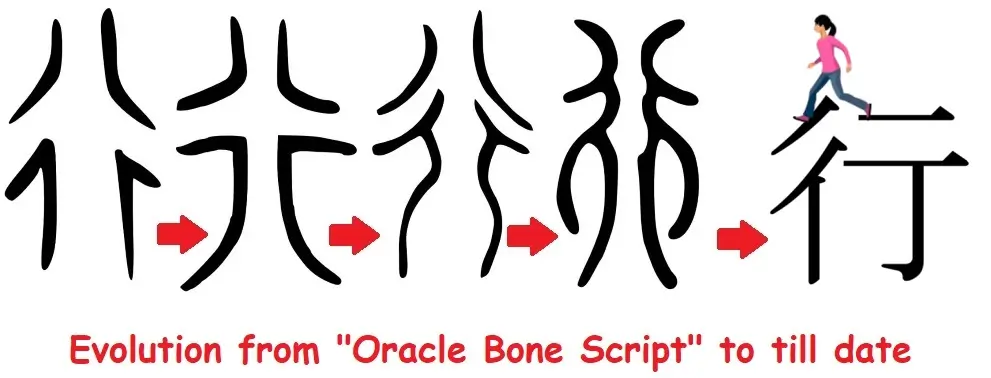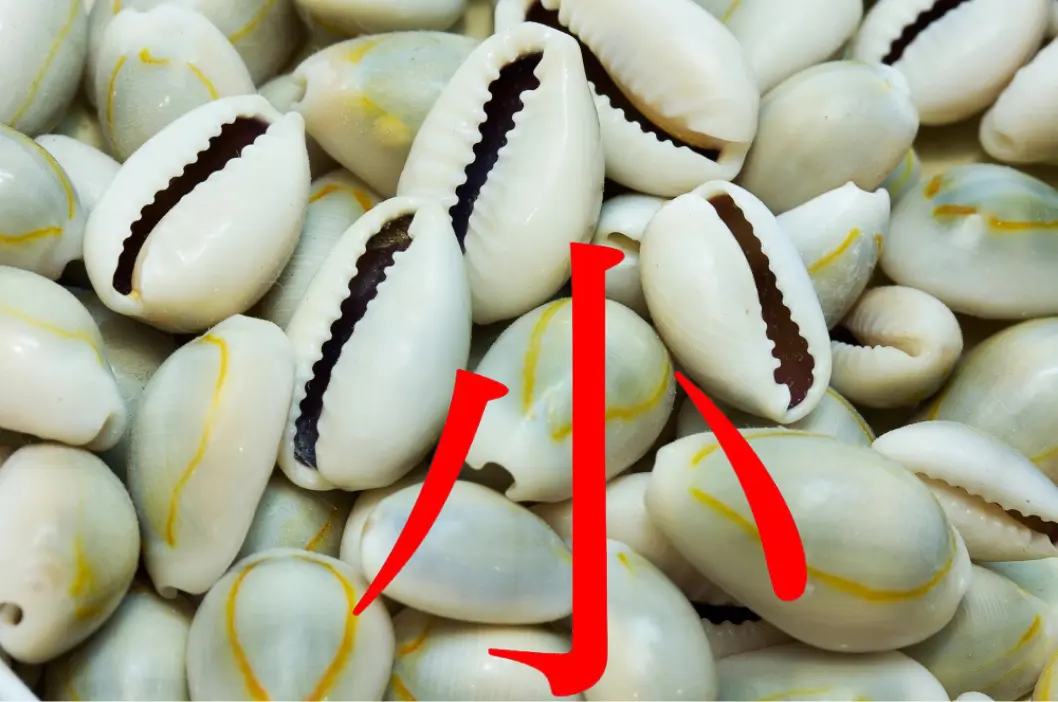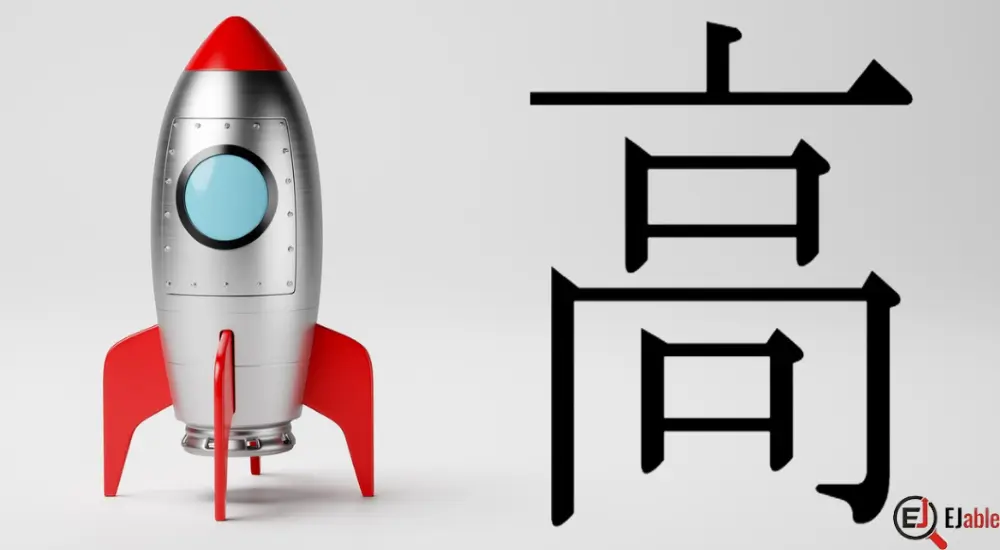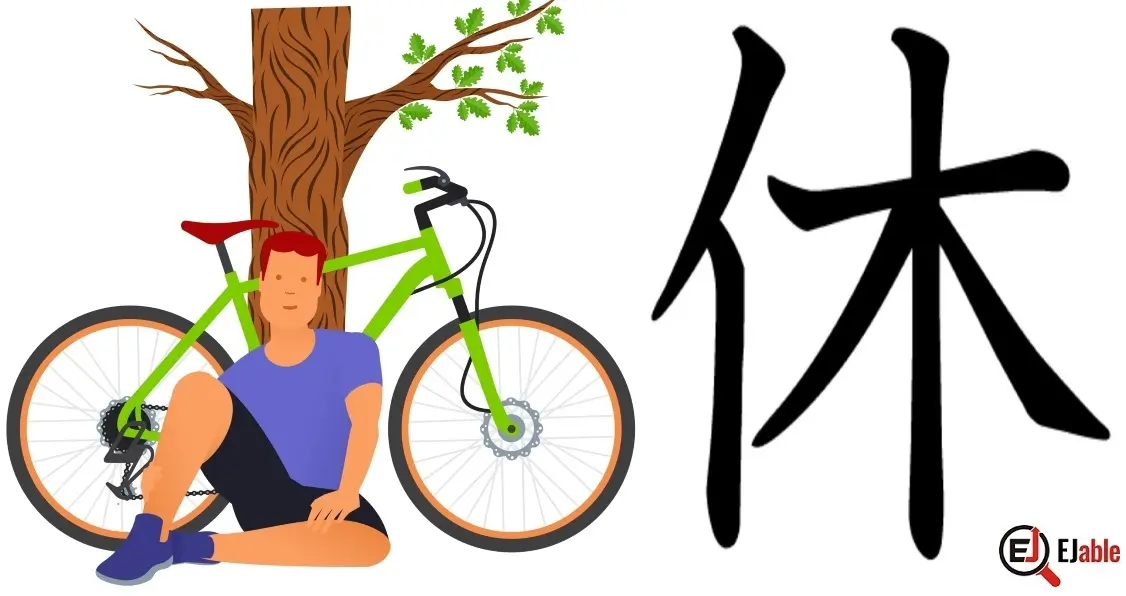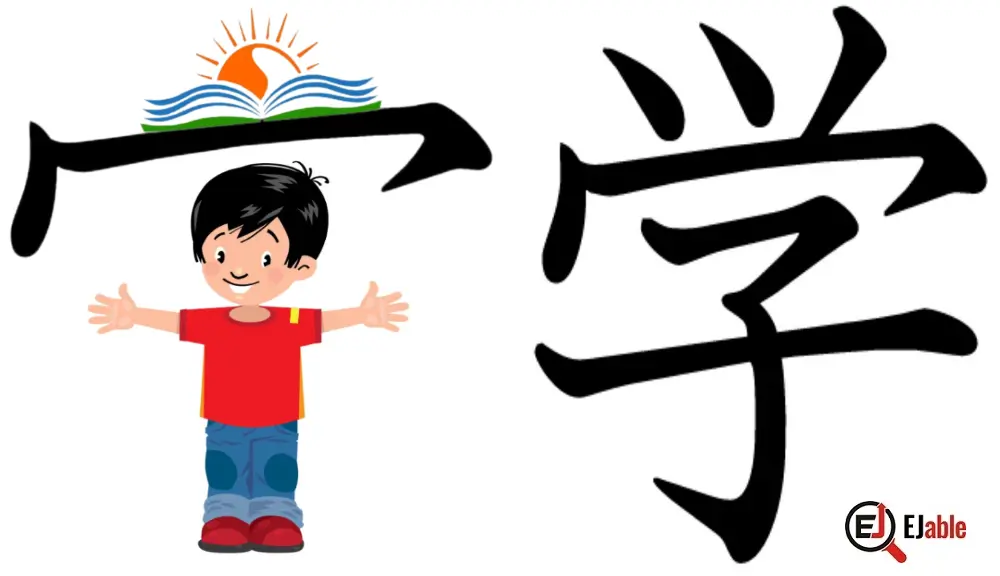Kanji for “Gate”: 門 (kado / mon)
The Japanese kanji for “Gate” is 門. Please note that 門 typically represents larger gates or doorways, often implying a formal entrance that is part of larger structures or complexes. 門 is used to denote gateways, archways, or large doors that lead into compounds, schools, temples, or any significant buildings or enclosed spaces. The imagery of 門 conveys a sense
Continue reading
